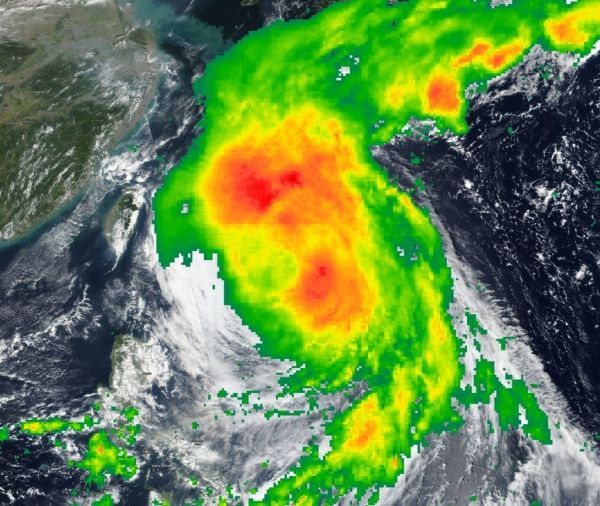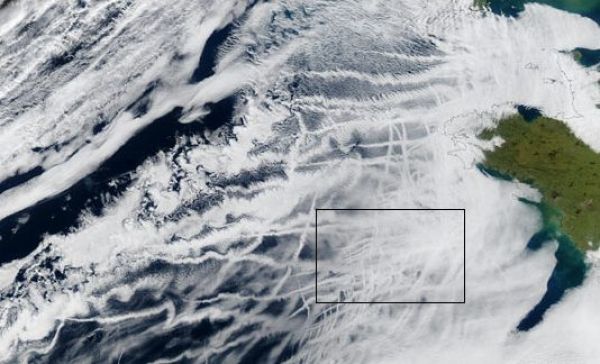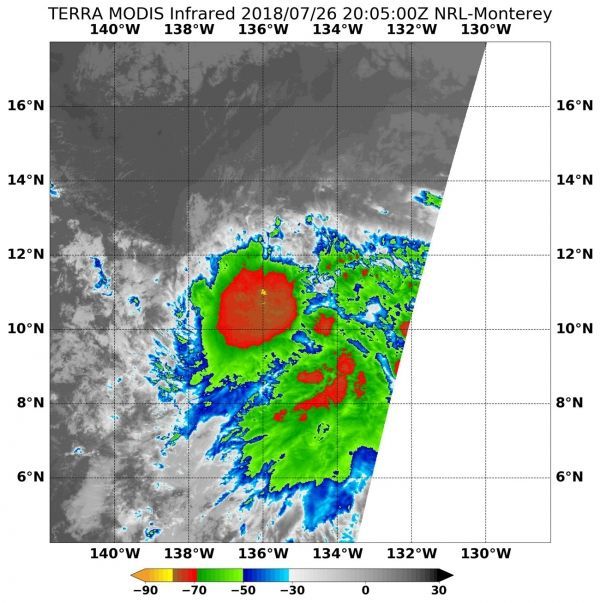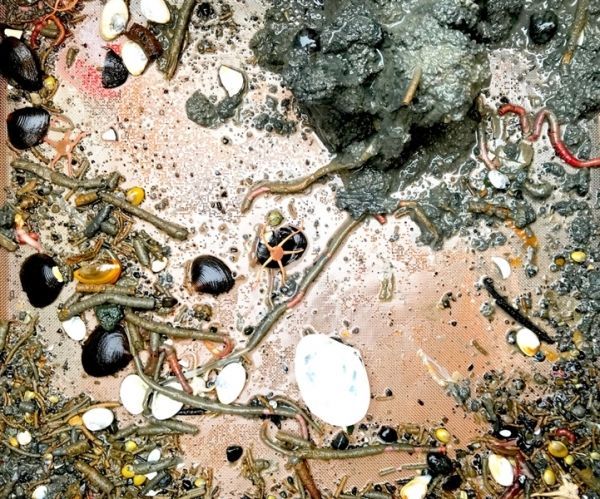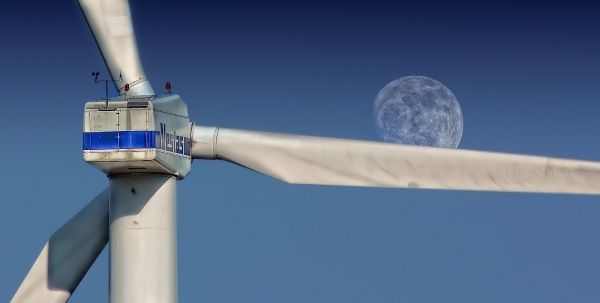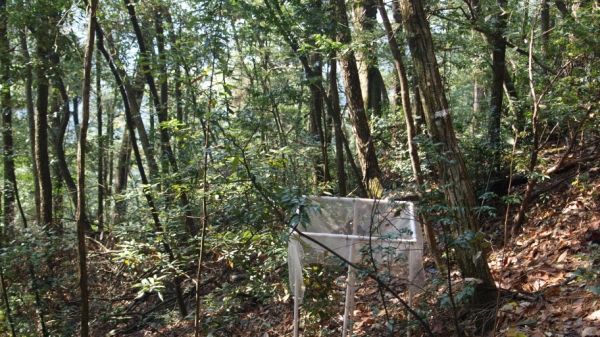NASA’s IMERG combines data from many satellites to provide a look at rainfall occurring around the world. Those rainfall data were combined with visible imagery from NASA-NOAA’s Suomi NPP satellite to create a composite or fuller picture of Kong- Rey in the Northwestern Pacific Ocean as it weakened to a tropical storm.
Uncategorised
More Ships and More Clouds Mean Cooling in the Arctic
With sea ice in the Arctic melting at an alarming rate, opportunities for trans-Arctic shipping are opening up, and by mid-century ships will be able to sail right over the North Pole – something not previously possible for humankind.
NASA Catches Tropical Depression 9E at Peak Before Dissipation
The Eastern Pacific Ocean's Tropical Depression 9E formed on July 26 and by July 27 the depression had dissipated over 1,200 miles from Hilo, Hawaii. NASA's Terra satellite captured a look at the storm at its peak.
Looking for life in Arctic mud
Seven often wet and muddy researchers can be found bundled in their orange full-body suits sifting through mud on the back deck of the Healy.
Renewables Have Been Germany’s Top Source of Electricity For the Last Six Months
Renewable energy met more of Germany’s electricity needs than coal during the first six months of 2018 — the longest period that renewables have been the country’s largest source of energy to date. According to new data from the German Association of Energy and Water Industries (BDEW), 36.3 percent of Germany’s electricity was generated by solar, wind, hydropower, and biogas between January and June of this year, while coal provided only 35.1 percent.
Species-Rich Forests Better Compensate Environmental Impacts
To offset CO2 emissions, China is reforesting. If a mixture of tree species instead of monocultures were planted, much more carbon could be stored.

